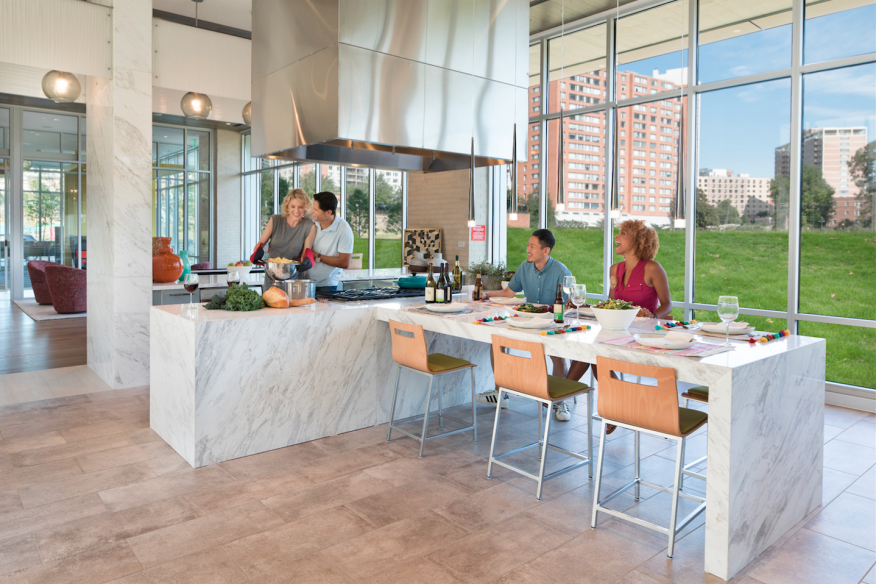
How Interior Design Affects Your Health and Well-Being
Have you ever been in a room that simply made you feel stressed out? How about a room that has made you feel instantly relaxed? Your environment can have a subtle but undeniable effect on your mood. Learning a few elements of interior decorating can help you create a more comfortable and calming space for yourself and for your guests. Here’s what you should consider when you feel like it’s a time for change.
Colors

When deciding on a color for a room, you might want to think twice about reaching for a paint bucket of your favorite shade. Colors wield a certain amount of influence over your mood, especially when they’re applied liberally on every wall in a room.
Environmental psychologist Sally Augustin suggests that saturation (a color’s purity) and brightness (a color’s lightness) can bring about different emotional responses. Colors that are high in saturation but low in brightness are energizing. Colors that are high in brightness and low in saturation are relaxing.
In addition, warm colors can actually make you feel like the temperature itself is higher. Use reds and oranges in rooms that are typically colder, and use cooler colors in rooms that feel too hot.Warm colors are also thought to increase appetite, as well as heart rate, so opt for cooler colors when you want to set a calmer atmosphere.
Dark colors make a room feel smaller and cozier, whereas light colors have the opposite effect. These are useful attributes when you’re trying to alter how open a room feels, regardless of the actual dimensions.
Space

Whether you’re claustrophobic or not, a cramped room can stress you out. So what can you do to make a room feel larger?
For starters, keep it tidy. Piles of clothing on chairs and dirty dishes left on tables are an eyesore, and a disorganized environment can spike your anxiety levels. You’ll also want to invest in multi-functional furniture. For example, tables, beds, and chairs with hidden storage space give you places to put extra accessories that would otherwise add to the room’s clutter.
Use small furniture in the room, rather than larger pieces that will hog space. Also consider using glass furniture, such as glass tables and shelves. Their transparent appearance will fool the eyes into thinking the room has more empty space than it really does.
Mirrors can also create the illusion of space. You might’ve noticed this trick used in small restaurants or local shops. In your home, you can lean a full-length mirror against a wall or hang multiple small mirrors of various shapes for a stylish, eclectic look. For a boost to your mood, try to position your mirrors so they reflect natural light that’s coming in through a window.
Lighting

Natural sunlight can do wonders for your mood. In fact, exposure to sunlight can increase the brain’s level of serotonin, a chemical associated with feelings of happiness and satisfaction. Keep that in mind as yourearrange your furniture. For example, in an office, you might want to position your desk so that sunlight hits you without causing a glare on your computer screen.
When choosing artificial lights, it helps to have a variety of options in each room to meet your changing needs. For example, when you’re getting ready for bed, you don’t want to rely on harsh light, but rather lighting that’s softer and relaxing. On the other hand, task lighting is a must-have when you need focused light for staying productive.
These are just a few ways interior decorating can influence your mood and sense of well-being. But there’s plenty of other elements to consider, ranging from seating ergonomics to indoor plants. Professionals like Designer Premier have no shortage of suggestions to offer as you aim to make your space a joy to inhabit.




